A medicine syringe is used to give liquid medicines by mouth to babies and children, and to adults who have problems swallowing tablets or capsules. It helps you measure the exact dose. Medicine syringes usually have markings on them so that doses are measured in milliliters (mL).
We're aware of a problem when trying to use Zero Data to link to Healthify. Zero Data is managed by Health NZ and we are working with them to get this fixed.
How to use medicine syringes
Also called an oral syringe
Key points about medicine syringes
- Some medicines are taken or given with a medicine syringe so you can measure the exact dose.
- A medicine syringe is used to give liquid medicines by mouth to babies and children, and to adults who have problems swallowing tablets or capsules.
- It's important to know how to use one properly.

When measuring liquid medicines, always use a proper medicine cup, spoon or syringe to give the correct dose. Don't use a kitchen teaspoon or a measuring spoon designed for cooking. They are not accurate enough to measure medicine.
Kitchen spoons come in different shapes and sizes, which give different measurements. Using them could cause you to take (or give) a dose that is too high or too low. Instead always use the measuring device provided with your medicine.
If a measuring device is not provided with your medicine, ask your pharmacist for help in choosing one. You can also ask your pharmacist to show you how to use it.
Some liquid medicines come with their own measuring syringe or you can buy one from your pharmacy.
- A dose of liquid medicine is measured in milliliters (mL).
- Ask your pharmacist to show you how to measure the right amount of each medicine in the right syringe.
- Check with your pharmacist each time you get medicine because the strength or dose may have changed.
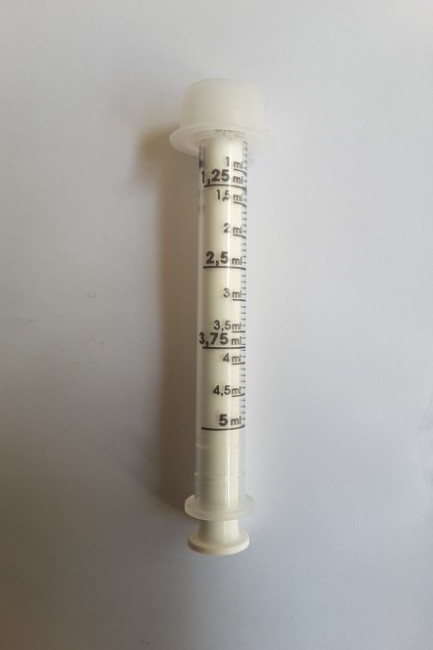
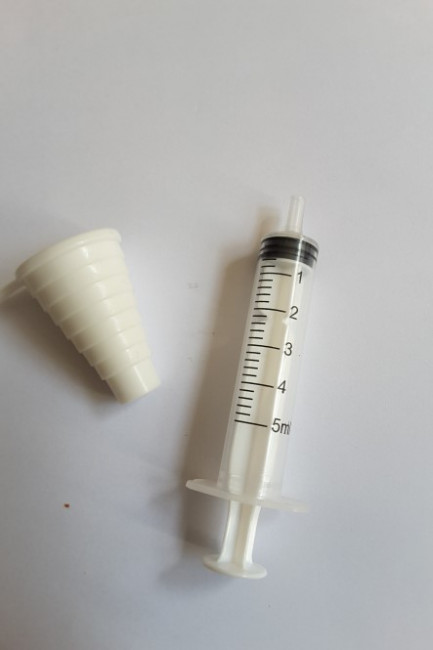
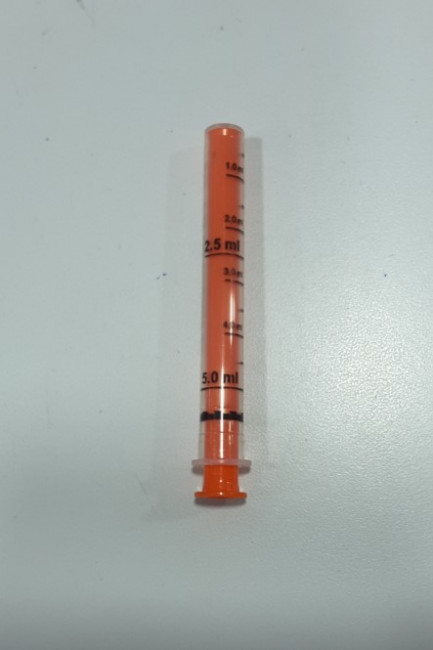
Not all medicine syringes are the same. Each has different markings. It is important to understand the markings clearly for each medicine to measure the correct dose.
Ask your pharmacist to show you how to measure the right amount of each medicine in the right syringe. Check with your pharmacist each time you get medicine because the strength or dose may have changed.
Some medicine syringes come with an adaptor or a bung– a plastic or rubber fitting that fits into the medicine bottle. These help to fill the syringe with medicine. To measure the liquid using an adaptor, you put the adaptor into the top of the medicine bottle, then insert the syringe into the adaptor and draw the required amount. It makes measuring the medicine much easier without spilling.

Measuring the dose accurately
Read the directions carefully to see how much to take or give your child. Don't just fill the syringe to the top. Look at the numbers on the side of the syringe and use the numbers to fill it to the right line for the dose that you need.
If a measuring device is provided with the medicine, take the time to check it with the your pharmacist before you leave the pharmacy. Show the pharmacist how you would measure the medicine and repeat back any special instructions. This helps the pharmacist know if they have explained what to do clearly, so you can give the medicine safely.
Giving the medicine
To prevent choking you need to use the correct technique when giving medicine to someone using a syringe.
| Do's | Don'ts |
|---|---|
| ✔ If giving the medicine to a child, put the tip of the oral syringe inside your child’s mouth between the gums and inside of their cheek. Gently push the plunger to push small amounts of medicine into their mouth at a time. Let your child to swallow before you push the plunger again. ✔ Give your child a drink to wash down the medicine. This makes it easier to swallow |
✘ Don't put the medicine in the back of their throat or squirt all the medicine into their mouth in one go, as this could cause choking. |
When you have given the whole dose of liquid medicine, wash the syringe in warm soapy water. Draw the plunger in and out in the soapy water several times. Rinse with clean running water. The syringe is now ready for use for the next dose. Do not place the syringe in boiling water, a microwave or oven.
Resources
Oral syringe paediatric PIL(external link)(external link) Hawke’s Bay Hospital Pharmacy, NZ, 2011
How to give liquid medicine using an oral syringe with a bung(external link)(external link) NPPG, RCPCH, and WellChild, NZ 2011
How to read an oral syringe(external link)(external link) Children’s Wisconsin, US, 1997
5 questions to ask about your medications(external link) Health Quality and Safety Commission, NZ, 2019 English(external link), te reo Māori(external link)
References
- Don’t use household spoons for liquid medicines(external link) American Academy of Pediatrics, US, 2015
- Markings on oral syringes can be confusing(external link) SafeMedicationUse, Canada, 2011
- Measuring devices(external link) SafeMedication, US
- How to give your child liquid medicines using an oral syringe(external link) Great Ormond Street Hospital for Children, UK
Brochures
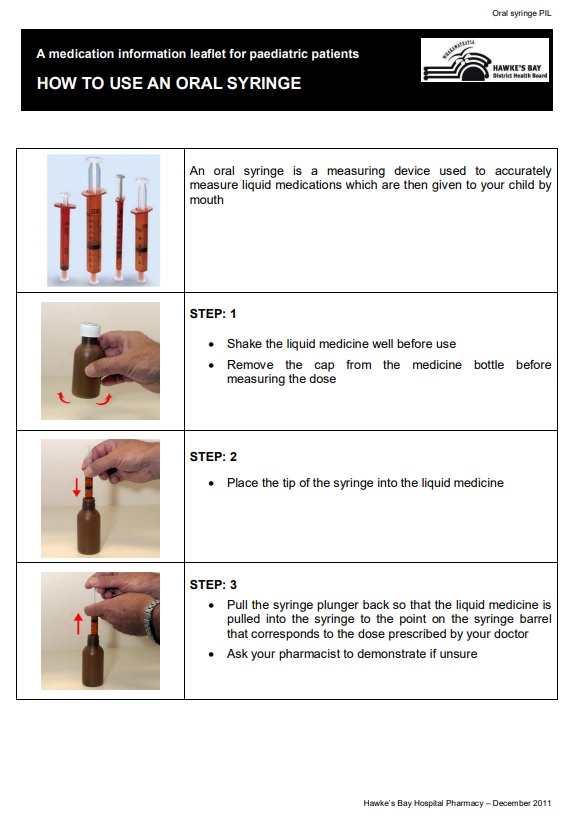
Hawke’s Bay Hospital Pharmacy, NZ, 2011
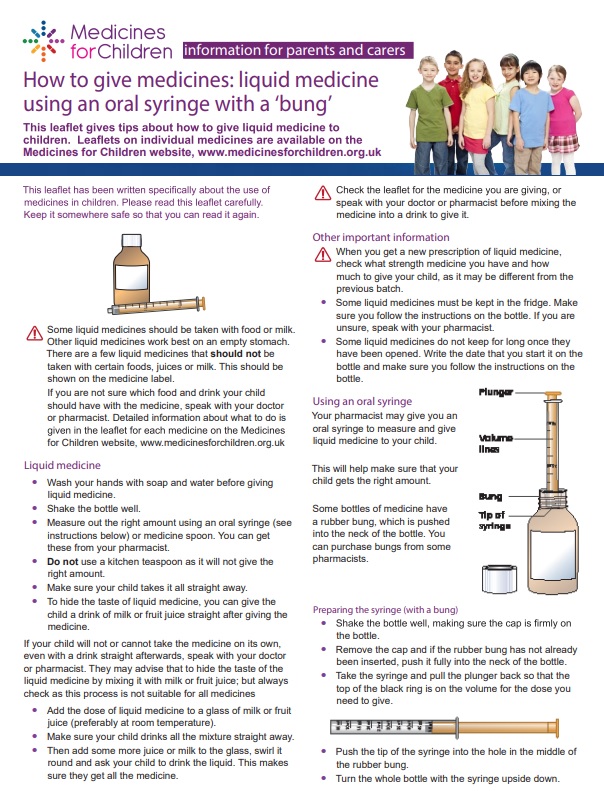
NPPG, RCPCH, and WellChild, NZ 2011
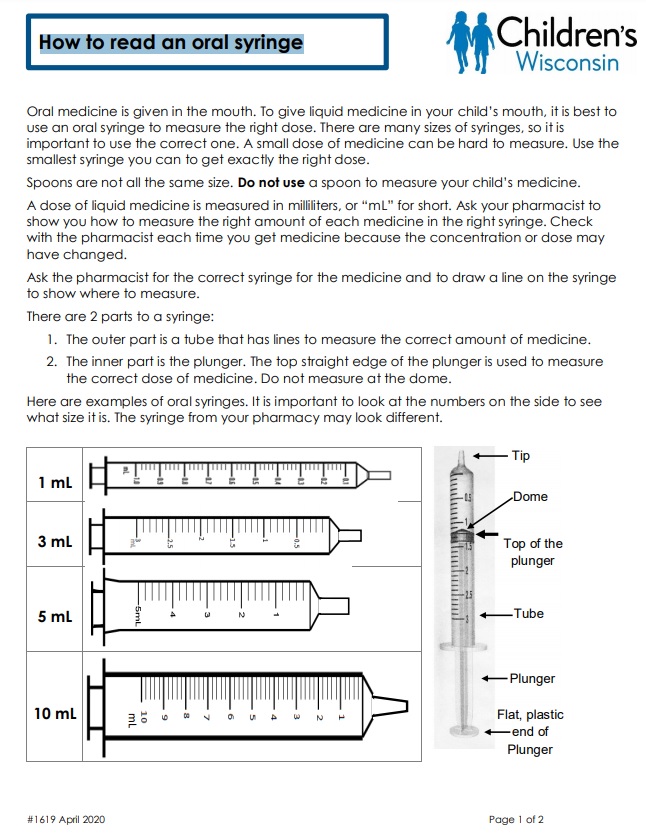
Children’s Wisconsin, US, 1997
Credits: Sandra Ponen, Pharmacist, Healthify He Puna Waiora. Healthify is brought to you by Health Navigator Charitable Trust.
Reviewed by: Angela Lambie, Pharmacist, Auckland
Last reviewed:
Page last updated:





